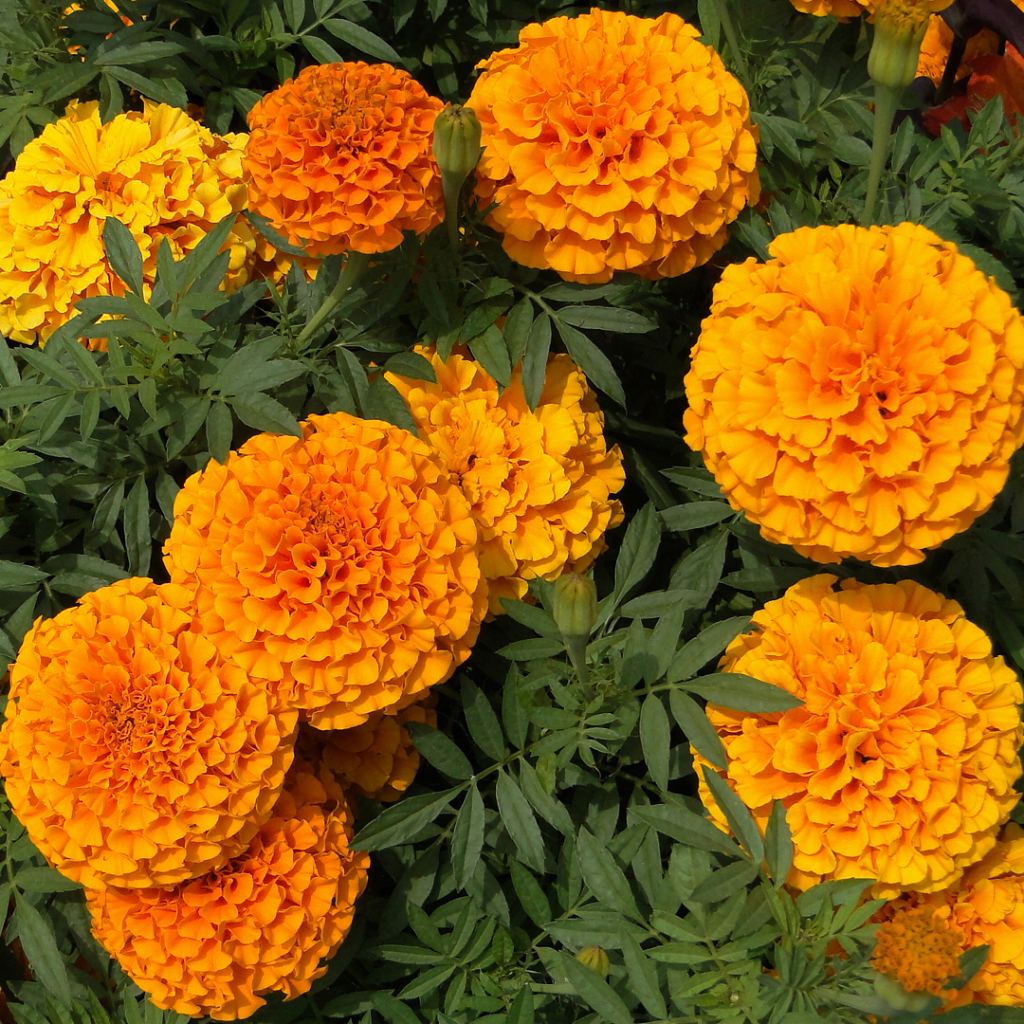
Marigolds are a natural mosquito deterrents. Plus they can add a bright pop of color to your yard or garden.
Minnesota might be known as the Land of 10,000 Lakes by the rest of the country, but here, we know the truth. It’s the land of 10,000 lakes and 100,000 mosquitoes. At any hardware store you can find an aisle full of products that will help keep those little bloodsuckers away, but did you know that some plants act as natural mosquito deterrents while adding beauty to your yard?
Here are 13 common plants that will thrive in your yard and help keep it mosquito free.
1. Lemongrass
Lemongrass won’t withstand our harsh winters here in Minnesota, but it will thrive over the summer months. It is an easy grass to grow that likes good drainage and full sun.
2. Catnip
Catnip is considered both a perennial and an annual depending on your climate. It can become invasive if it isn’t kept in check, but it is 10 times more effective than DEET for repelling mosquitoes. That makes the extra work of pruning it back more than worth the effort!
3. Marigold
Not only are marigolds natural mosquito deterrents, they also repel aphids, another pesky insect that would love to munch on your garden plants. Marigolds are easy to maintain and are good border plants for vegetable gardens. It is also easy to collect the marigold seeds in the fall for replanting the following year.
4. Rosemary
This herb is commonly used in cooking and is also ideal for repelling mosquitoes. It is an attractive plant for container gardens and requires little water. Plus, it is delicious in soups, and egg and meat dishes.
5. Wormwood
Wormwood is a perennial that has a silvery foliage and can be grown in full sun. It serves well as a border plant and has a strong smell to deter mosquitoes.
6. Mint
Mint is another plant that can easily get out of hand if it isn’t kept under control. However, it is a hardy plant that also does well in containers and also has many uses in the kitchen.
7. Floss Flower
Not only will the floss flower repel mosquitoes, but it also attract butterflies. It is an annual that grows to be about 6 to 12 inches and needs partial shade to full sun to thrive.
8. Cadaga Tree
The cadaga tree requires full sun to grow and while it repels mosquitoes, it will also attract other wildlife. If you worried about extra wildlife visitors wandering in your yard, you might need a fence for your garden if you plant this tree.
9. Catmint
Catmint is another butterfly nectar plant. It grows to about 2 to 3 feet and is an excellent mosquito repellant.
10. Citronella Grass
Citronella grass is a popular plant that does well in all of the USDA zones. It requires partial shade to full sun and the oil from citronella grass is used to make mosquito repellent candles and other products.
11. Clove Tree
The clove tree is a shorter, flowering tree that produces clove spice, another common cooking spice. It needs partial shade to full sun.
12. Lavender
It’s hard to believe that lavender plants could repel anyone, but they do just that to mosquitoes. Lavender also produces nectar for butterflies and its flowers can be dried and kept in the garden to further deter mosquitoes.
13. Lemon Balm
Another perennial, lemon balm leaves can be used to flavor iced and hot tea and as a substitute for lemon peel. This plant requires partial shade to full sun to thrive.
By adding a few of these popular natural mosquito deterrents to your yard or garden, the time you spend outside will be so much more enjoyable.
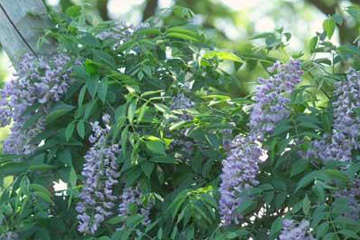
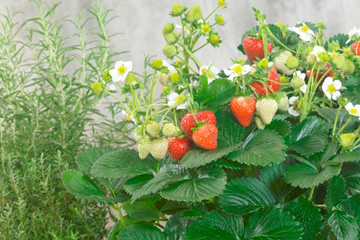
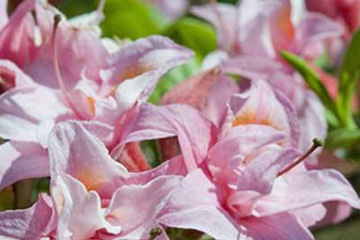
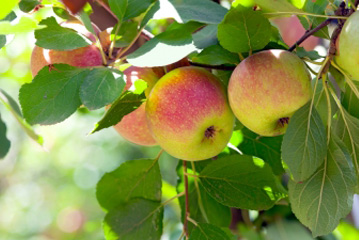
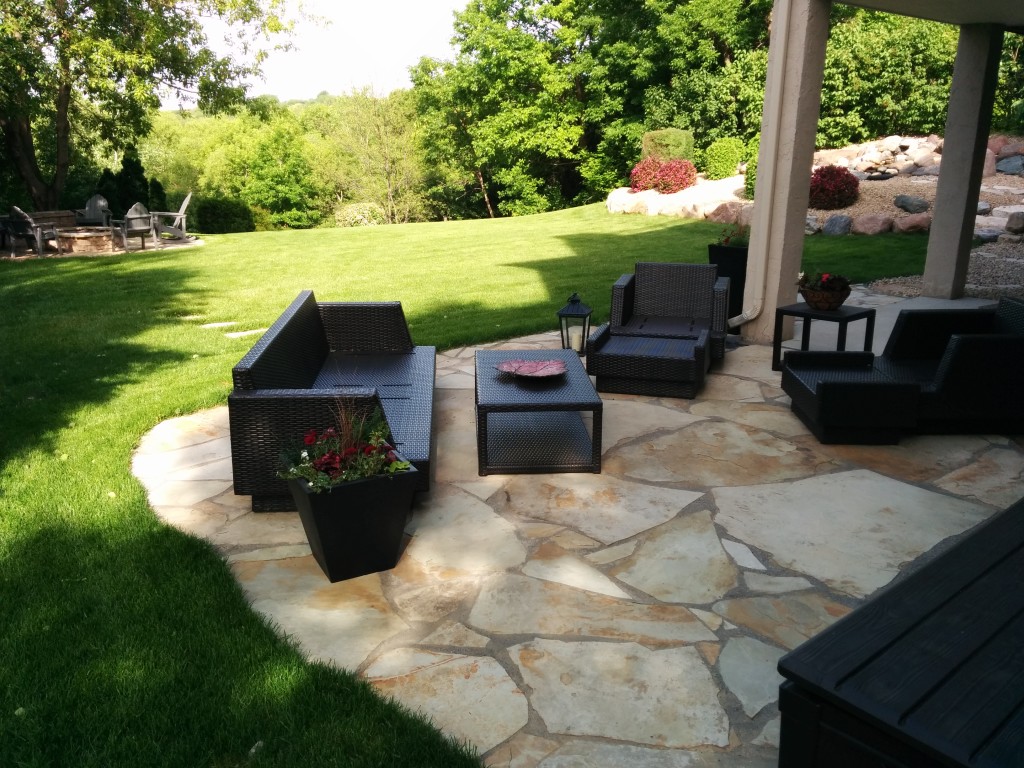
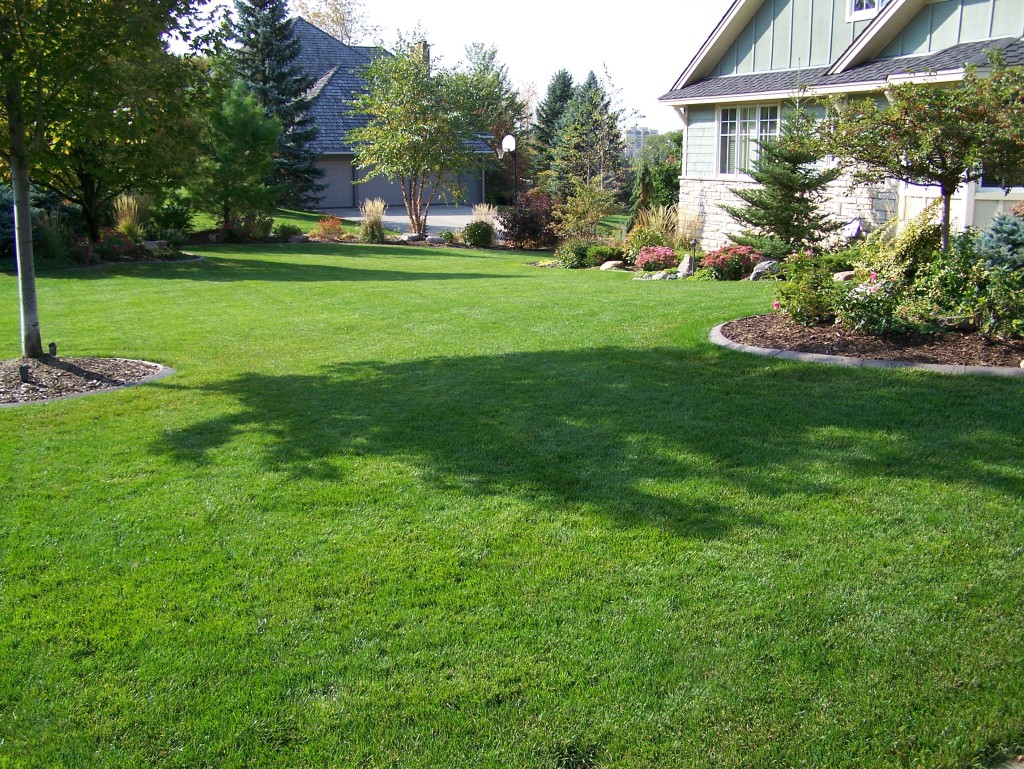
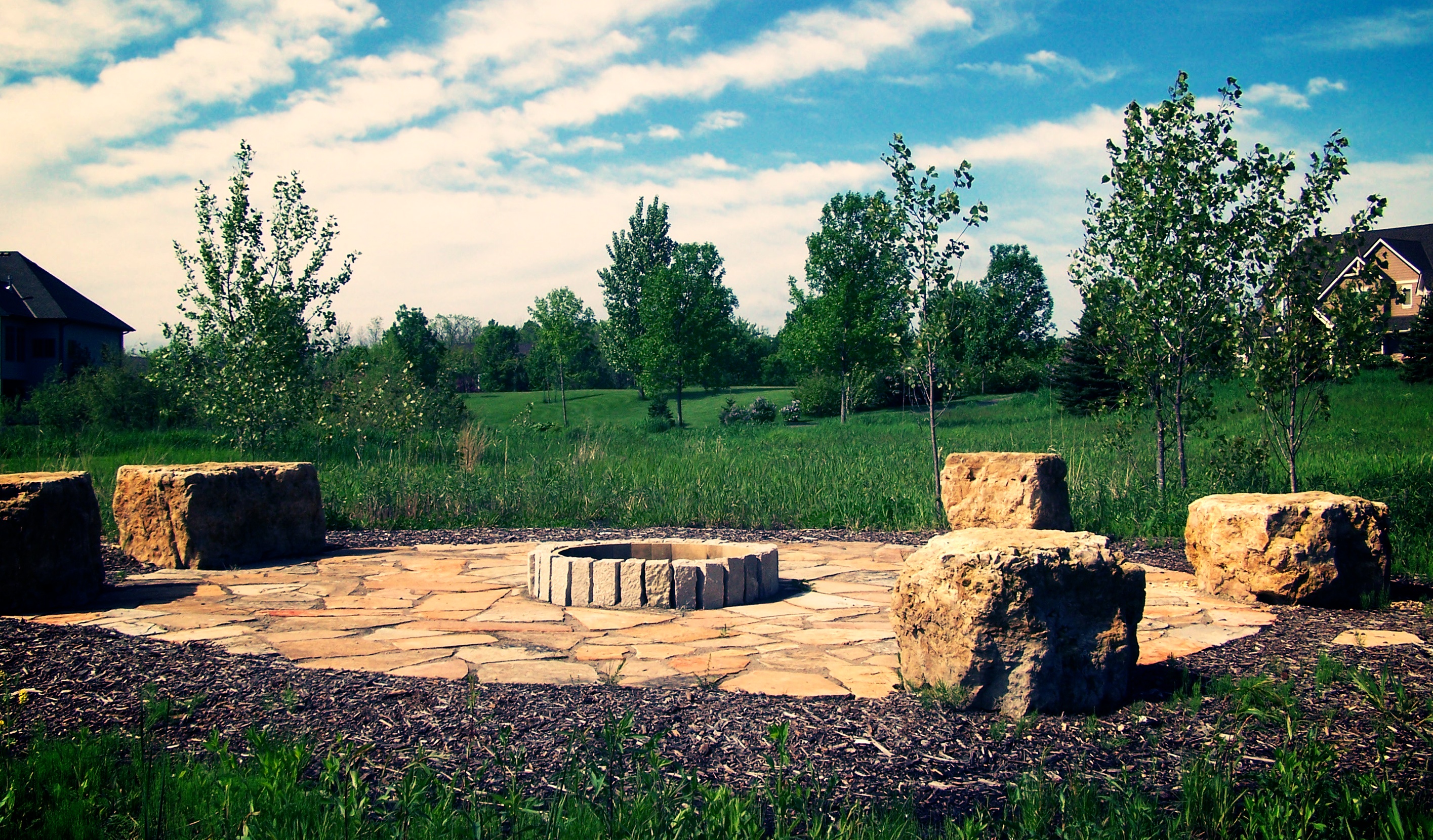
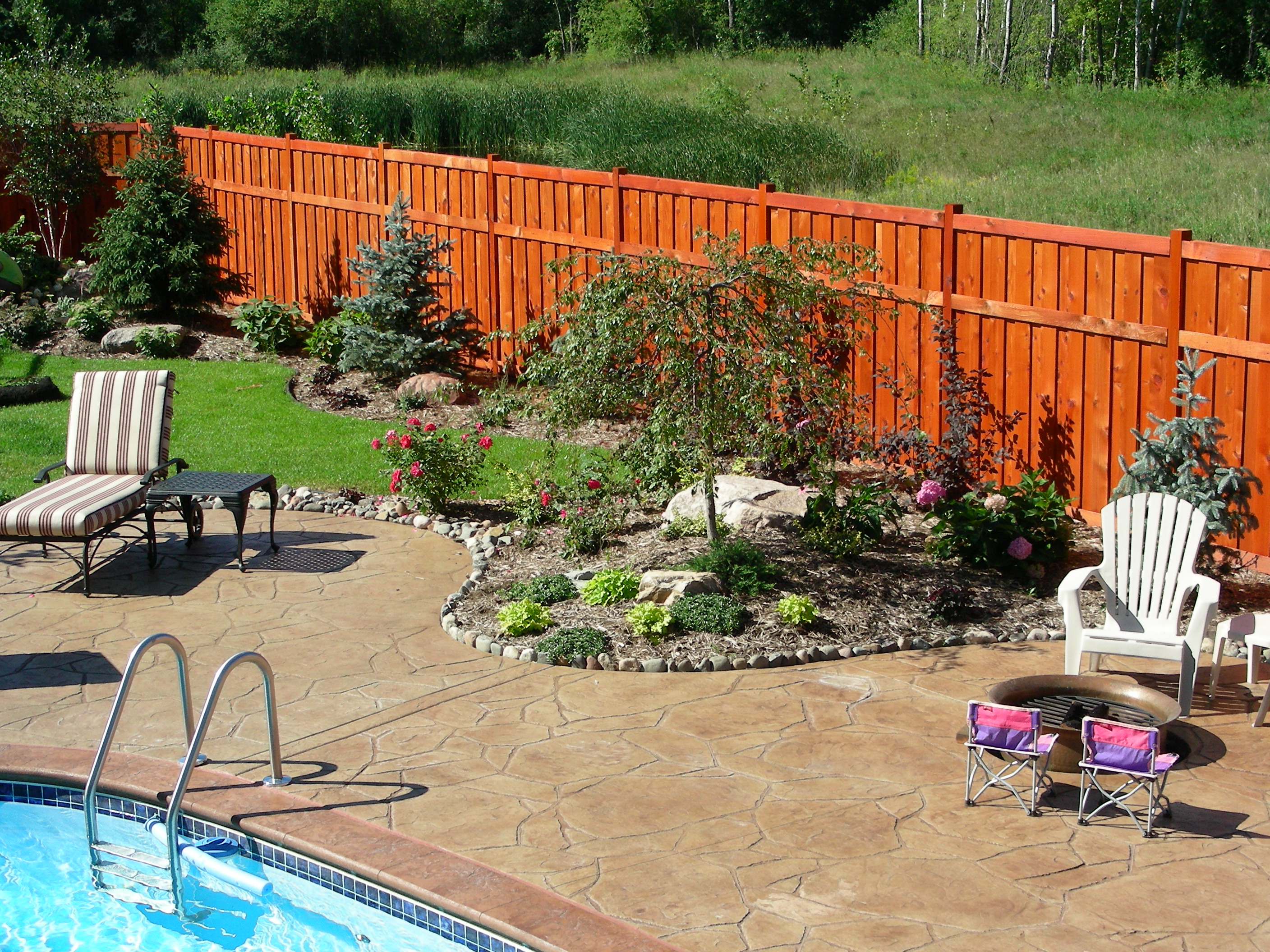
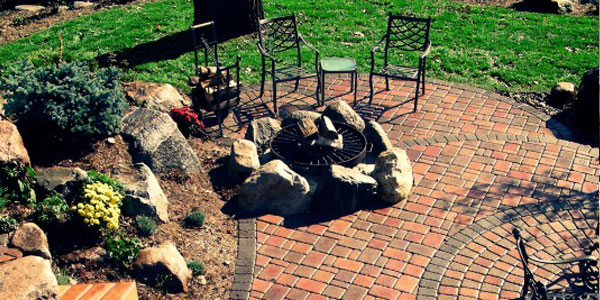
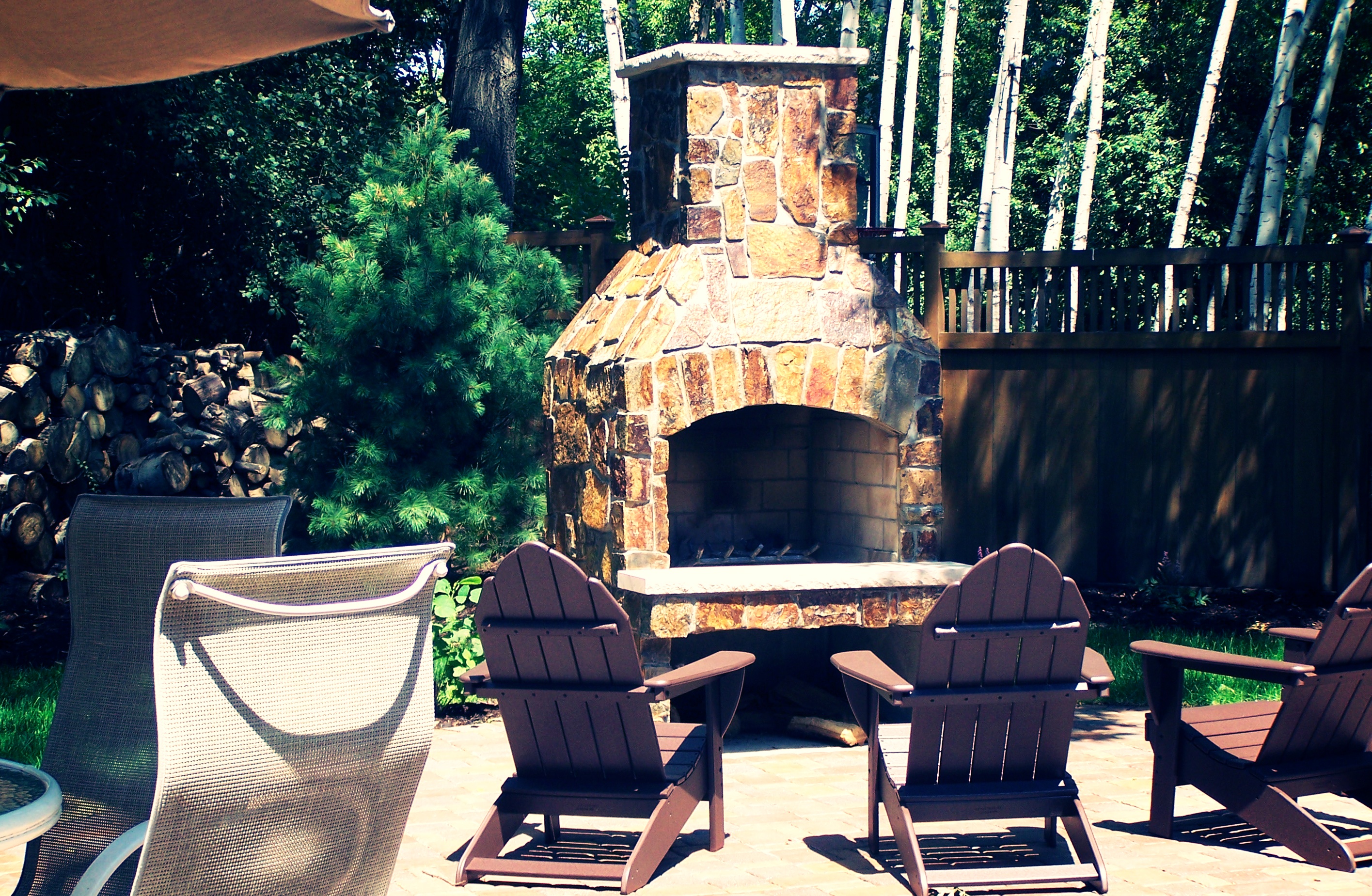

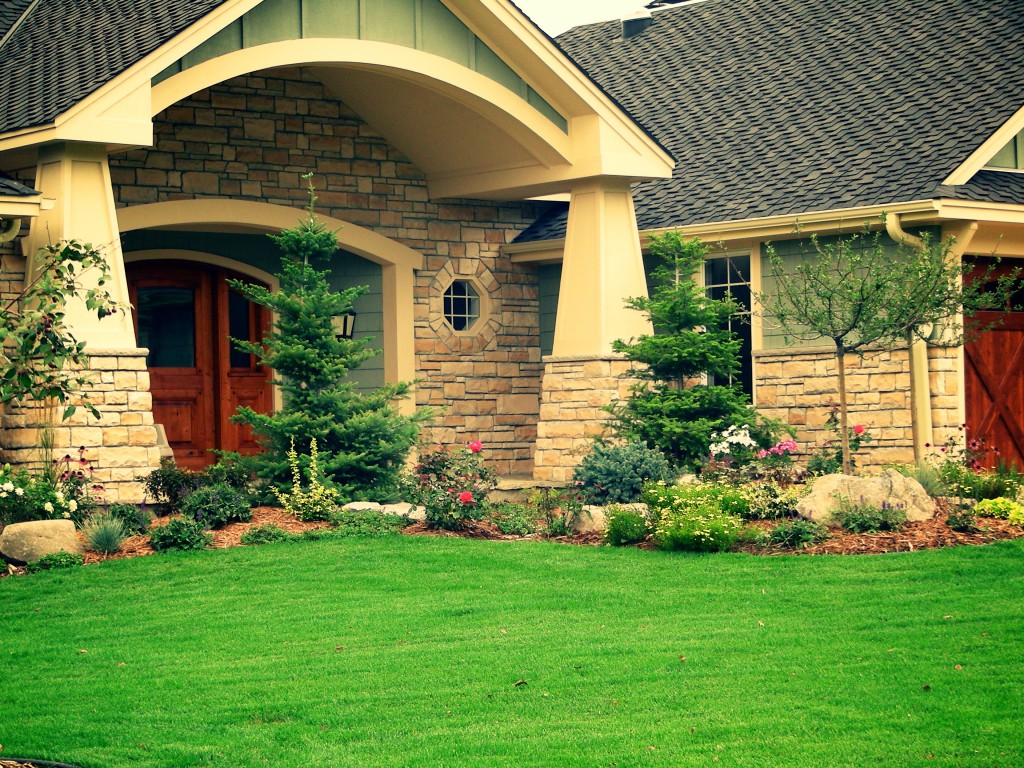
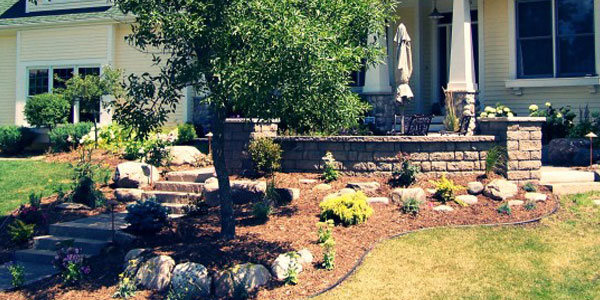
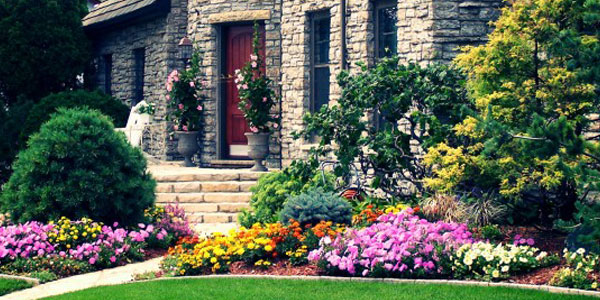
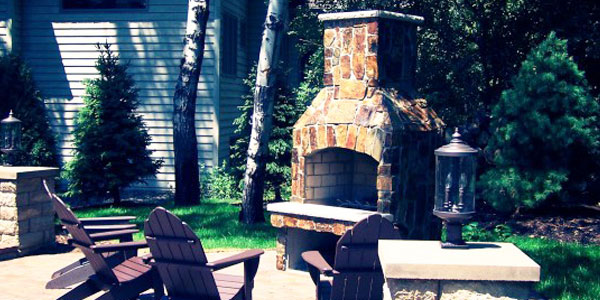

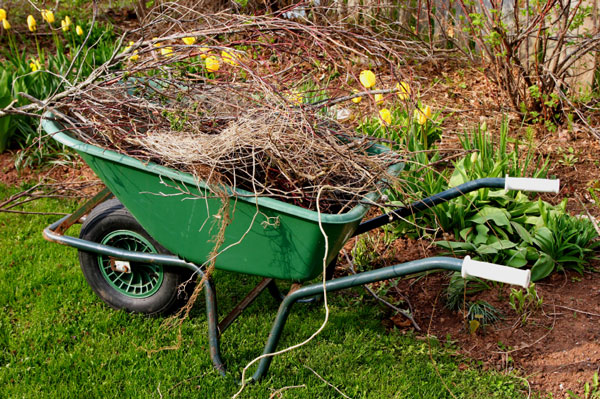
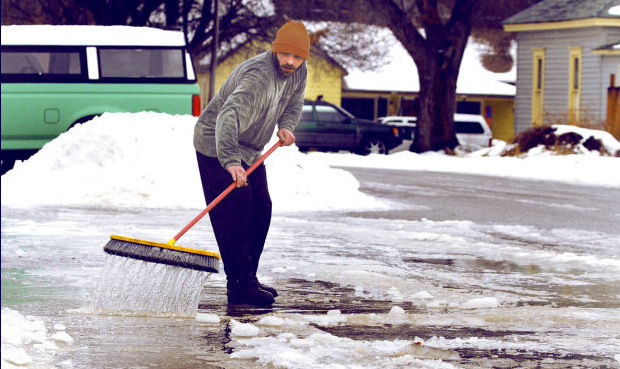
 Contact 612-483-GOAT
Contact 612-483-GOAT